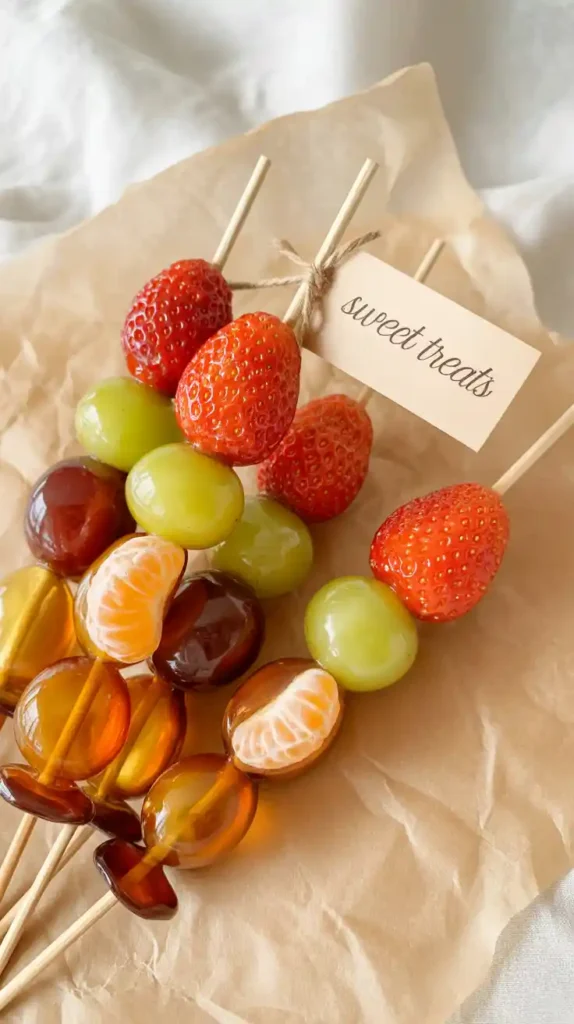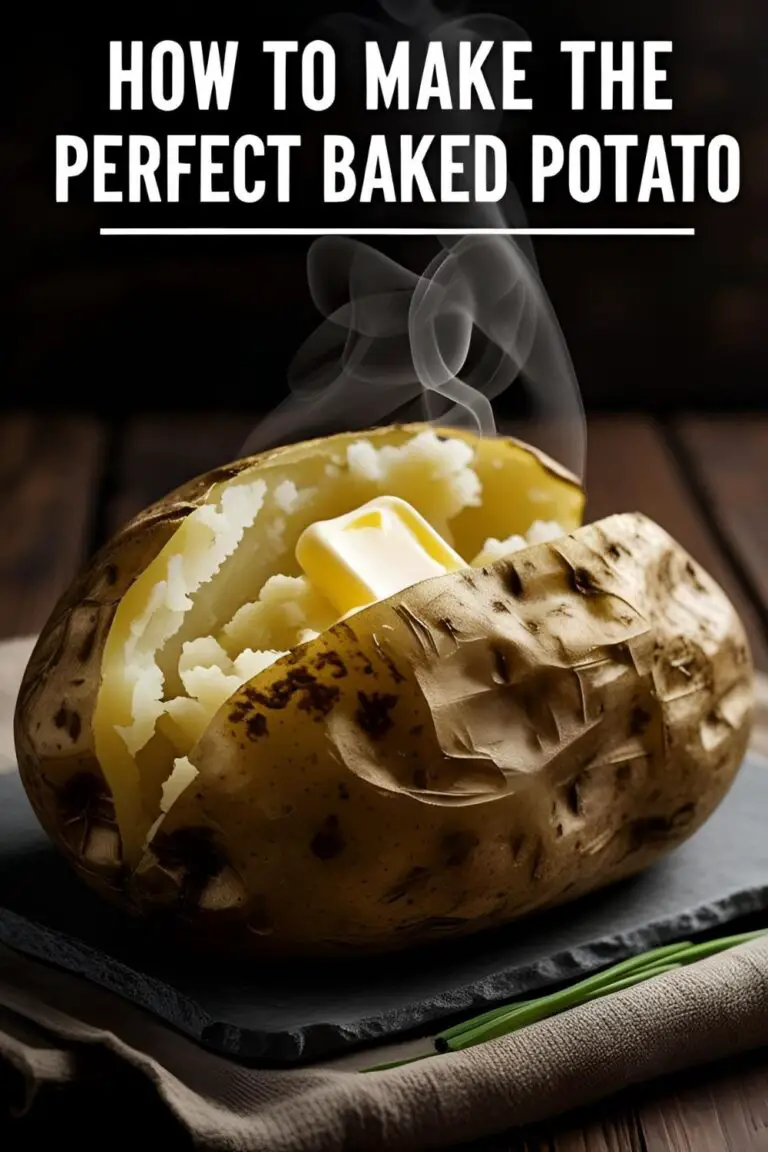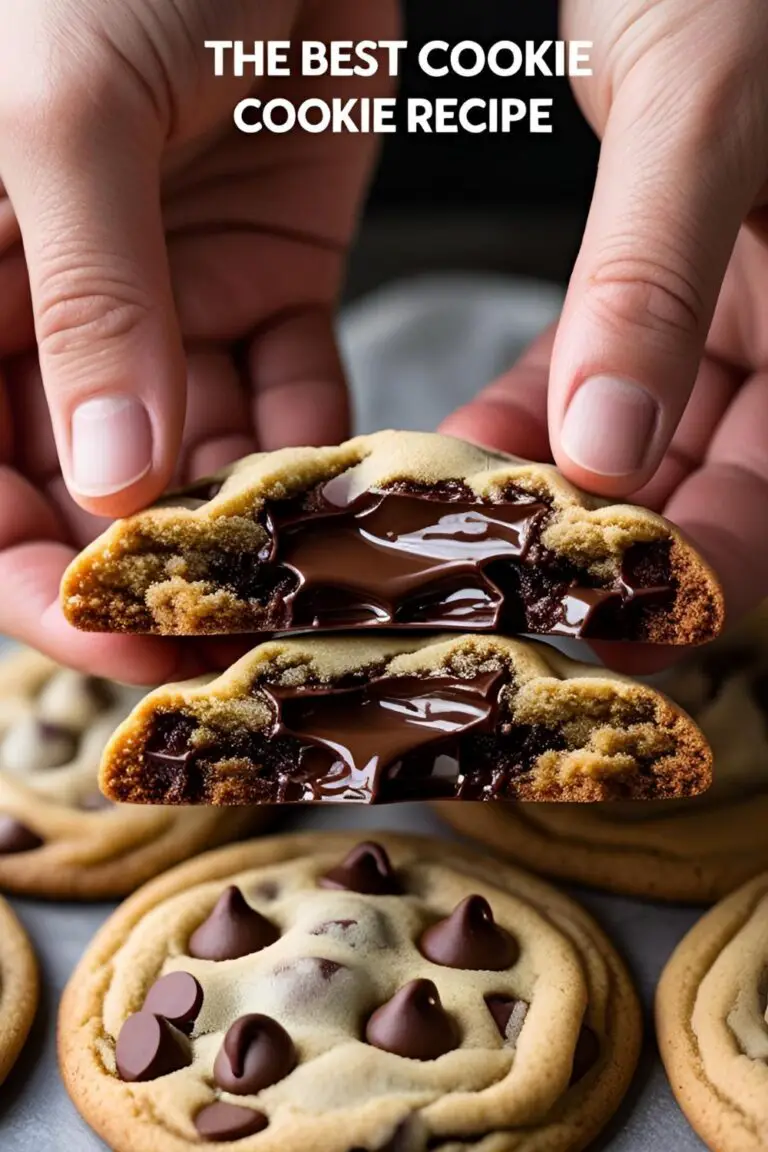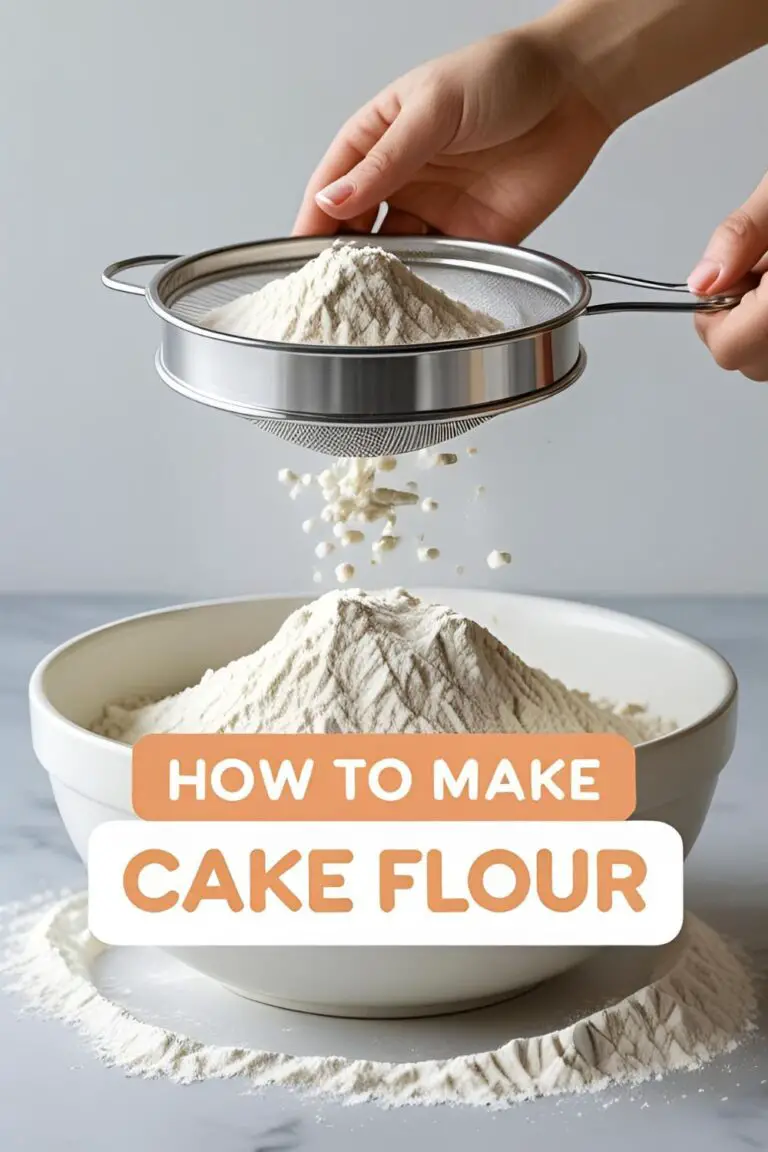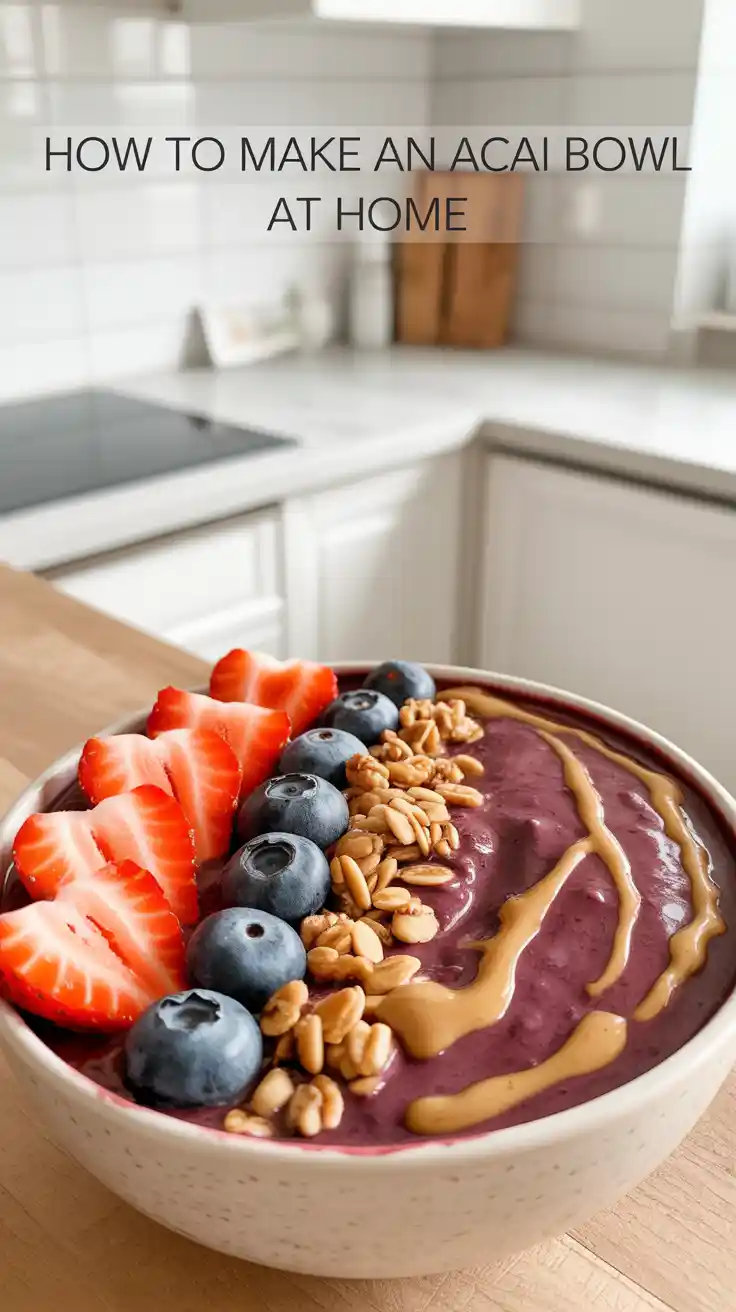How to Make Tanghulu at Home (The Viral Candied Fruit Recipe!)
How to Make Tanghulu at Home (The Viral Candied Fruit Recipe!)
Have you heard it? That incredibly satisfying, glassy CRUNCH that has taken over every corner of the internet? That, my friends, is the siren song of Tanghulu, the viral candied fruit snack that looks like edible jewelry and sounds like pure, unadulterated joy. If you’ve ever watched a video of someone biting into one of these glistening treats and thought, “I need to experience that sound in my own head,” then you have come to the right place.
You might think that creating such a perfect, crystal-clear candy shell requires some sort of dark magic or a degree in confectionary science. I’m here to tell you the truth. Today, we’re going to show you how to make tanghulu, and it’s so much easier and more fun than you think.
So, are you ready to become a master of the crunch? Let’s turn your kitchen into a viral snack factory and make some noise.
Why This Recipe is Awesome
If the promise of making your own ASMR-worthy snacks isn’t enough to get you excited, here’s why this recipe is a total winner.
- The CRUNCH is Everything: Seriously, the texture is the main event here. The paper-thin, glassy candy shell shatters the moment you bite into it, giving way to the soft, juicy fruit inside. It’s a sensory experience that is wildly satisfying.
- It’s Stunningly Beautiful: There’s no denying it—tanghulu is gorgeous. The glossy coating transforms simple strawberries and grapes into precious, edible gems. It’s the most Instagrammable snack on the planet, and your friends will think you’re a wizard.
- It’s Deceptively Simple: It looks like it requires some sort of ancient alchemy, but you only need THREE ingredients. Three! Water, sugar, and your favorite fruit. That’s it. You’ll be shocked at how easy it is to create something so incredibly impressive.
Ingredients
Keep it simple. The beauty of this recipe is its absolute minimalism.
- 2 cups granulated sugar
- 1 cup water
- 1 pint of your fruit of choice, washed and THOROUGHLY dried. Some great options include:
- Strawberries: The classic, iconic choice.
- Grapes: Green or red, seedless is best. They look like little jewels.
- Mandarin Orange Segments: Like little drops of sunshine.
- Blueberries or Blackberries: A bit smaller, but still delicious.
- Kiwi or Pineapple Chunks: For a fun, tropical twist.
Tools & kitchen gadgets used
Working with hot sugar is a race against time and temperature. Having your station prepped with the right gear is non-negotiable for success.
- A Small, Light-Colored Saucepan (so you can easily see the color of the sugar)
- A Candy Thermometer (This is the #1 tool for foolproof, non-sticky tanghulu. I strongly, strongly recommend it!)
- Wooden or Bamboo Skewers
- Parchment Paper laid out on a baking sheet or large plate
- A Bowl of Ice Water (for testing the sugar and for safety)
- Paper Towels (for drying your fruit to within an inch of its life)
Step-by-step instructions
Read this all the way through before you start. Preparation is everything. Let’s do this!
Step 1: Prep Your Fruit (The Most Important Step!) Wash your chosen fruit and then dry it completely. I’m not kidding. Any lingering moisture is the mortal enemy of hot sugar and will ruin your beautiful candy shell. Pat it dry with paper towels, then let it air dry. Then maybe pat it dry one more time just to be safe. Once it’s bone dry, thread the fruit onto your skewers.
Step 2: Set Up Your Candy-Making Station Before you even think about turning on the stove, get your station ready. Have your skewered fruit within arm’s reach. Lay out your sheet of parchment paper. Have your bowl of ice water nearby. Hot sugar waits for no one, so you need to be ready to move fast and safely.
Step 3: Make the Sugar Syrup In your small saucepan, combine the 2 cups of sugar and 1 cup of water. Stir it with a clean spoon or spatula just until the sugar is dissolved and the mixture looks like wet sand. Place it over medium-high heat. Now, put the spoon down and do not stir it again! Stirring encourages the sugar to form crystals, which will turn your smooth syrup into a grainy, cloudy mess. If you need to mix, you can gently swirl the whole pan.
Step 4: The Temperature Game Let the syrup come to a rolling boil. Clip your candy thermometer to the side of the pan, making sure the tip is submerged in the syrup but not touching the bottom of the pan. Now, you watch and wait. You need the syrup to reach the “hard crack” stage, which is between 300°F and 310°F (150°C and 155°C). This will likely take about 10-15 minutes. (No thermometer? You can test it by dripping a tiny bit of the syrup into your bowl of ice water. If it immediately hardens into a brittle, glassy thread that snaps cleanly when you bend it, it’s ready. If it’s soft, chewy, or flexible, it needs more time.)
Step 5: The Dipping Frenzy The second your sugar hits the target temperature, turn off the heat. Working quickly but carefully (this stuff is hotter than the sun!), tilt the pan to pool the syrup. Take one of your fruit skewers and dip it into the sugar, twirling it to coat all sides of the fruit in a thin, even layer.
Step 6: Harden and Crunch Lift the skewer out of the syrup and let any excess drip off for a second or two. Immediately place the skewer on your prepared parchment paper. The candy shell will harden into a perfect, glassy coating in under a minute. Repeat with your remaining skewers.
Step 7: Enjoy Immediately! Tanghulu is a fleeting beauty. The incredible crunch and non-sticky shell are best enjoyed within the first hour of making it. After that, the moisture from the fruit inside will slowly start to dissolve the sugar, and it will become sticky.
Calories & Nutritional Info
It’s fruit… covered in a thick shell of pure, unadulterated sugar. Let’s not kid ourselves.
- Serving Size: 1 skewer (e.g., 3-4 strawberries)
- Estimated Calories: Around 150-200 kcal, almost entirely from carbohydrates (sugar).
- Nutritional Profile: A vehicle for pure joy and satisfying crunches.
- Contains: Vitamin C from the fruit, and a sugar rush that will make you feel like you can conquer the world for about 20 minutes.
Common Mistakes to Avoid
This is easy, but it’s also easy to mess up if you don’t respect the sugar. Avoid these common pitfalls.
- Using Wet Fruit: I know I sound like a broken record, but this is the #1 mistake. Your fruit MUST be bone dry. Even one tiny droplet of water can cause the hot sugar to seize up and crystallize into a cloudy, grainy mess.
- Stirring the Boiling Sugar: Put the spoon down and back away slowly. Stirring jostles the sugar crystals and encourages them to link up, ruining your perfectly smooth, clear syrup. Do not stir the sugar once it starts boiling.
- Under-cooking the Sugar: If you pull the sugar off the heat too early, you won’t get a hard, glassy, crunchy shell. You’ll get a sticky, chewy, sad coating that will glue your teeth together. Using a candy thermometer is the only foolproof way to ensure you’ve reached the correct “hard crack” stage.
- Being Unprepared and Working Too Slowly: Hot sugar goes from perfect to burnt in a matter of seconds. You don’t have time to go looking for your skewers or clear a space for the parchment paper once it’s ready. Have your entire station prepped and ready to go before you even turn on the heat.
Variations & Customizations
The classic is perfect, but if you want to get creative with your edible jewels, here are a few ideas.
- Vibrant Rainbow Tanghulu: Want to make your tanghulu even more eye-catching? Once the sugar syrup reaches temperature, remove it from the heat and immediately stir in a single drop of your favorite gel food coloring before you start dipping. A little goes a long way!
- Toasted Sesame Crunch: For a nutty, savory contrast that’s very traditional, have a small bowl of toasted sesame seeds ready. After you dip the fruit in the sugar, immediately sprinkle the seeds over the wet candy before it has a chance to harden.
- Sour Power Tanghulu: Use fruits that are intensely tart, like cranberries (you’ll need to blanch them for 30 seconds first so they don’t explode), sour green grapes, or kumquats. The combination of the super-sour fruit and the sweet candy shell is an incredible flavor explosion.
FAQ Section
Your most pressing questions about this viral crunchy treat, answered.
1. Why is my tanghulu sticky instead of crunchy? This is the most common problem, and it means your sugar did not get hot enough. You must reach the “hard crack” stage (300-310°F / 150-155°C). Any lower, and the sugar will absorb moisture from the air and remain soft and sticky.
2. Can you really make tanghulu without a candy thermometer? Yes, by using the ice water test described in the instructions. But TBH, it’s much, much trickier for a beginner. A candy thermometer is a cheap and invaluable tool that takes all the guesswork out of the process and guarantees success.
3. What are the absolute best fruits for tanghulu? Fruits with low water content and smooth, firm skins work best. Strawberries, grapes, and mandarin segments are champions. Berries like blueberries and blackberries also work well, as do chunks of kiwi.
4. How do you store tanghulu? The sad truth is, you don’t. Tanghulu is meant to be eaten fresh, ideally within an hour or two. The moisture from the fruit will inevitably start to break down the sugar shell, making it sticky.
5. My sugar turned into a solid, grainy rock. What happened? This is crystallization. It was likely caused by stirring the sugar while it was boiling, having impurities (like a stray sugar crystal) on the side of your pan, or accidentally getting a drop of water in the mix.
6. Can I use honey, maple syrup, or another sweetener? No. The specific chemistry of making hard candy requires the sucrose in granulated sugar. Other sweeteners have different chemical compositions and different amounts of water and will not reach the hard crack stage properly.
7. Is making tanghulu dangerous? Working with sugar at 300°F requires respect and caution. It can cause very serious burns if it splashes on you. However, if you are prepared, focused, and keep a bowl of ice water nearby for emergencies (both for testing and for plunging a burn into), it is perfectly safe. This is not a recipe for young children to make unsupervised.
Final Thoughts
You’ve done it! You have successfully wrangled molten sugar and turned it into a work of art. You’ve captured that viral, ASMR-worthy crunch in your very own kitchen. You are a true culinary trendsetter.
Now go on, take a bite, make some noise, and feel the immense power of being a viral snack master. Just be sure to film it, for goodness’ sake.




